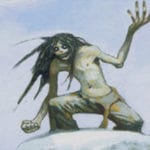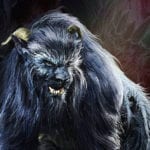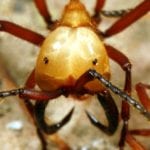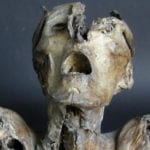 Technology
Technology  Technology
Technology  Humans
Humans 10 Everyday Human Behaviors That Are Actually Survival Instincts
 Animals
Animals 10 Animals That Humiliated and Harmed Historical Leaders
 History
History 10 Most Influential Protests in Modern History
 Creepy
Creepy 10 More Representations of Death from Myth, Legend, and Folktale
 Technology
Technology 10 Scientific Breakthroughs of 2025 That’ll Change Everything
 Our World
Our World 10 Ways Icelandic Culture Makes Other Countries Look Boring
 Misconceptions
Misconceptions 10 Common Misconceptions About the Victorian Era
 Mysteries
Mysteries 10 Strange Unexplained Mysteries of 2025
 Miscellaneous
Miscellaneous 10 of History’s Most Bell-Ringing Finishing Moves
 Technology
Technology Top 10 Everyday Tech Buzzwords That Hide a Darker Past
 Humans
Humans 10 Everyday Human Behaviors That Are Actually Survival Instincts
 Animals
Animals 10 Animals That Humiliated and Harmed Historical Leaders
Who's Behind Listverse?

Jamie Frater
Head Editor
Jamie founded Listverse due to an insatiable desire to share fascinating, obscure, and bizarre facts. He has been a guest speaker on numerous national radio and television stations and is a five time published author.
More About Us History
History 10 Most Influential Protests in Modern History
 Creepy
Creepy 10 More Representations of Death from Myth, Legend, and Folktale
 Technology
Technology 10 Scientific Breakthroughs of 2025 That’ll Change Everything
 Our World
Our World 10 Ways Icelandic Culture Makes Other Countries Look Boring
 Misconceptions
Misconceptions 10 Common Misconceptions About the Victorian Era
 Mysteries
Mysteries 10 Strange Unexplained Mysteries of 2025
 Miscellaneous
Miscellaneous 10 of History’s Most Bell-Ringing Finishing Moves
10 Creepy Cave-Dwelling Cryptids
Readers of Listverse should be well familiarized with cryptids by now. Unconfirmed by science, cryptids lurk at the fringe of both sight and belief, often growing to mythical proportions through a combination of legend and modern day sightings. From the blood-drinking specters of Indonesia to the timid beast men of Appalachia, nobody’s safe from what hides in the darkness—and nothing is darker than the eerie depths and passages that wind their way beneath our feet. Here are ten reasons to stay aboveground.
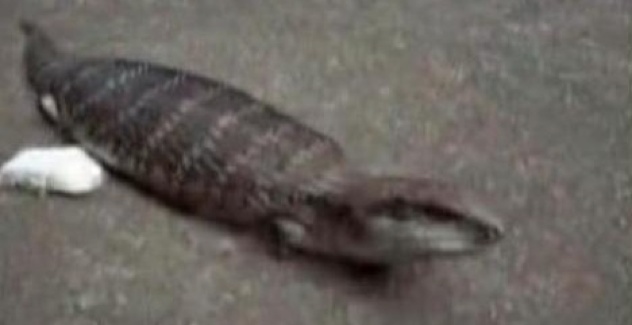
Located deep in the mountainous regions of Western Japan, the Tsuchinoko is a creature straight out of Japanese folklore. Resembling a thick-bodied snake that grows several feet in length (about a meter), Tsuchinokos are believed to inhabit the watery caves of Shikoku and Honshu. They’re usually sighted in the rivers and streams that criss-cross the mountains, but most sightings are only a glimpse before the creature darts back into the depths.
Descriptions vary, but most witnesses report many of the same features: large, plate-like scales, a black tongue, small horns growing on the sides of its head, the ability to leap more than a meter at a time, and perhaps the most unusual feature of all—a variety of vocal noises that range from squeaking like a mouse to mimicking a human voice. To top it all off, Tsuchinokos are supposed to have fangs capable of shooting venom at their attackers.
The town of Mitaka claims to have captured one, but they also haven’t taken any steps to verify its authenticity, so it remains a cryptid for the time being.
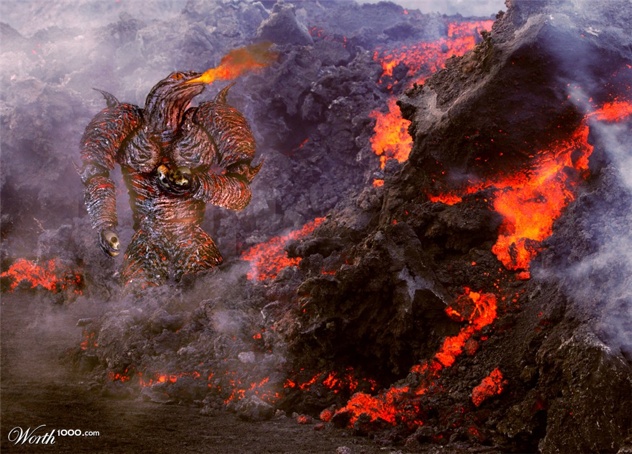
According to legend, the Cherufe is a beast made of fire and rock that lives in the volcanoes of Chile. Twelve feet tall and shaped like a vaguely reptilian human, the Cherufe of myth is believed to be an actual creature—one that has evolved to withstand the normally lethal temperatures of a volcano, much like the tubeworms that cluster around volcanic vents on the sea floor, basking in temperatures surpassing 750 degrees Fahrenheit (400 C).
Other people believe that while the Cherufe cryptid doesn’t actually live inside volcanoes, it does live around volcanic regions, which led to the connection to the mythological beast. In the Mapuche myths, the Cherufe was responsible for volcanic eruptions and could be placated with a virgin sacrifice.
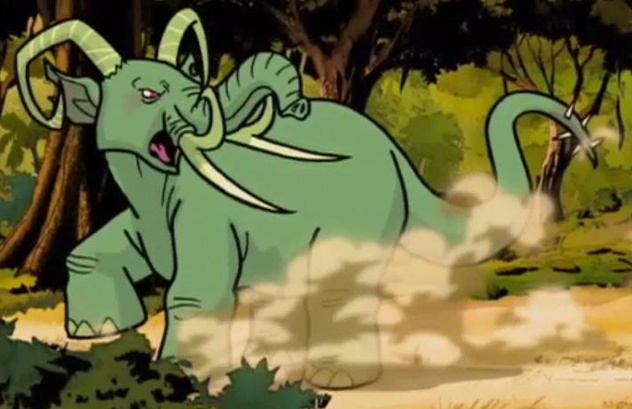
In the Northern Cape province of South Africa is an arid, mountainous wasteland called the Richtersveld. Somewhere in this vast desert is what the locals refer to as the Bottomless Pit—a massive cave system that has never been fully explored. At night, a cryptid known as the Grootslang is supposed to emerge from the cave and lure prey back into its lair. Shaped like a monstrous elephant with the tail of a snake, the Grootslang feeds on trespassers and fiercely guards a stash of thousands of diamonds and gemstones.
The most popular story about the Grootslang comes from the escapades of British explorer Peter Grayson. In 1917, lured by the stories of diamonds in the Bottomless Pit, Grayson took a small team of men to find the cave. On the journey to the cave, tragedy struck: two of his men were killed by a lion, one was bitten by a venomous snake, and another became sick. The final two team members carried him back to the nearest town, leaving Grayson alone to continue the quest. He was never heard from again, and locals came to believe he had been killed by the Grootslang.
Modern sightings of the beast suggest that it may be a massive python—eyewitnesses claim that they have seen an animal resembling a snake, but 50 feet (15 meters) long. Another witness claims to have found mysterious footprints a meter wide that eventually disappeared at the edge of a river.

Stories of giant spiders come from all over the world, but the most famous one is the J-ba Fofi, a massive arachnid that’s believed to live deep in the African Congo. The largest known spider is the Goliath spider, with a leg-span of 14 inches (35.5 cm). That’s enough to make most grown men shiver. But the J’ba Fofi is supposed to be several times that size—a four foot (122 cm) leg-span in most cases, and eight feet according to at least one report.
According to a tribe of pygmies indigenous to the region, the giant spiders will spin large, circular webs at ground level and crouch in the middle of them, eating birds, rodents, even forest antelope. Other stories say the spiders dig holes in the ground with a hinged trapdoor, like Ctenizidae spiders And the stories aren’t centralized in one region—similar stories have come from tribes in Uganda to the east and the Central African Republic to the north.
Tales of giant spider cryptids aren’t specific to Africa either—in 2011, a filmmaker named Richard Terry was told of giant four foot wide spiders living in deep holes in the Amazon jungle.
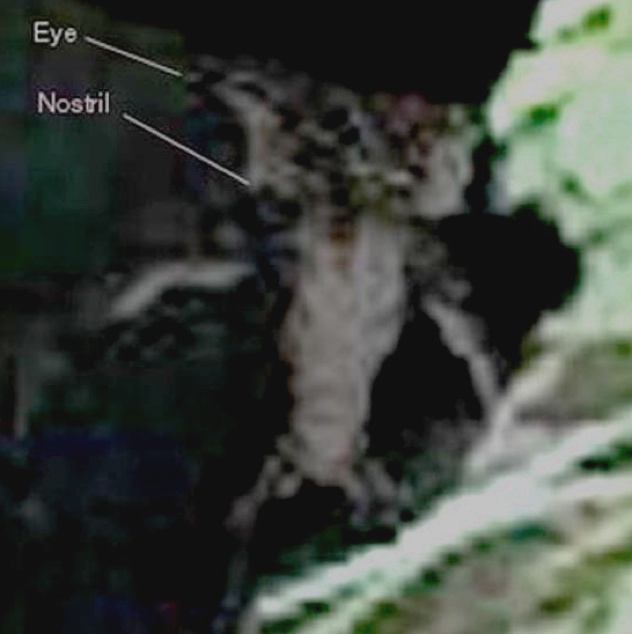
If David Icke is to be believed, reptilians are shape-shifting, humanoid lizards from space that have infiltrated the top levels of government and are even now impersonating our world leaders. Dick Cheney has been called a reptilian, as have George W. Bush and Barack Obama.
While reptilians are able to change their shape to resemble humans, conspiracists also believe that they have a vast underground civilization. One eyewitness reports a subterranean encounter in 1995 with a group of cavers in Missouri: “This ‘creature,’ because it was not a man, stood about 7 foot and had brown scaly skin. The face and head were shaped like a human with a flat nose but there were no ears or hair…It also had a massive 4-5 foot tail that tampered (sic) to a point. It was dressed in a gold metallic outfit with long pants and shoes.”
Other people have since claimed to have run across strange, reptilian creatures in caves. One person supposedly managed to take a picture of the creature.
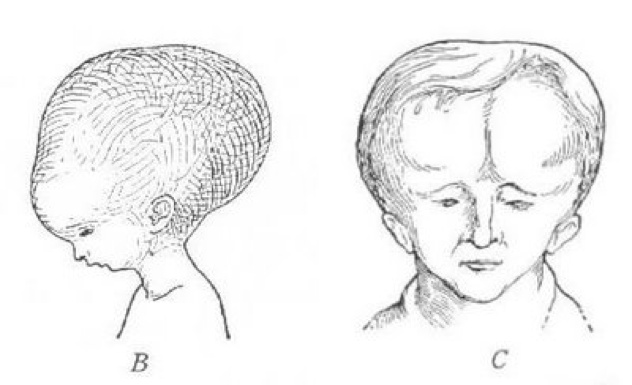
In the Northern United States, specifically rural areas throughout Ohio and Michigan, small creatures with elongated heads called Melon Heads have been reported attacking people from the woods. According to the stories (which are all eerily similar), the Melon Heads were once orphans with hydrocephalus, a condition in which fluid builds up in the skull, and who lived in an insane asylum.
Through various circumstances—escaping from the asylum, murdering their doctor, becoming cannibals after the asylum burned down—the children turned feral and took to living in a system of underground caverns deep in the woods. What’s interesting is that reports have come in from vastly different geographic regions across state borders, and the legend in each state begins some version of the asylum story. There are dozens of reports from people who claim to have been attacked by bands of small, misshapen creatures with bulbous heads.
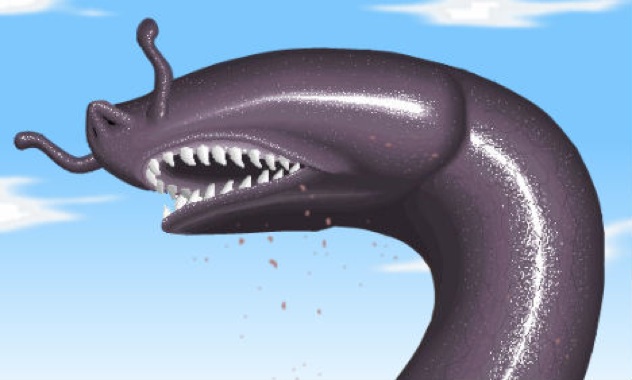
The minhocão is a giant earthworm that’s rumored to live in the Amazon jungle. While the word “earthworm” may not exactly be nightmare fuel, “giant” in this case truly means giant—the minhocão is supposed to be somewhere close to 75 feet (23 meters) long, much larger than the deadly carnivorous worms from the Tremors film trilogy. And much like those movie monsters, the minhocão burrows through the earth and attacks from below, leaving giant tunnels in its wake. Reports of collapsed houses have been blamed on the minhocão, along with the mysterious disappearances of cattle.
According to Karl Shuker, a cryptozoologist, the minhocão (if it exists) is more likely a caecilian than an earthworm. Caecilians are amphibians that resemble overgrown worms, except for the fact that they have eyes—and teeth. People who claim to have seen the minhocão say that it has massive teeth, black skin covered in scales, and two tentacles protruding from its head. There haven’t been any minhocão sightings for over a hundred years, so if there was an enormous underground worm lurking under the Amazon at some point, it’s probably dead by now.
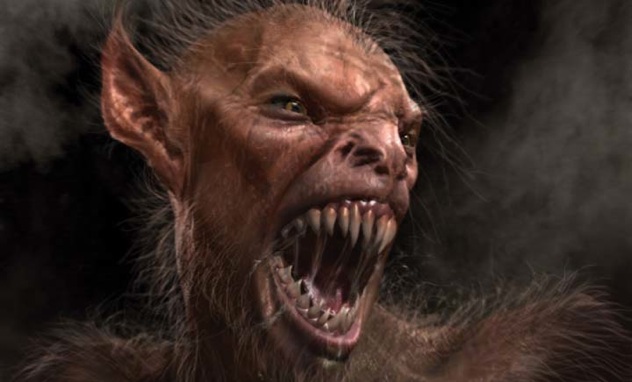
Often described as a “cave demon,” the Olitiau is an elusive giant bat with a wingspan of 12 feet (3.5 meters), a black body, blood red wings, and two inch (5 cm) serrated teeth. There are stories of these bats from the local tribes in the forests of Cameroon, in West Africa, but the first story to reach the western world came from the biologist Ivan T. Sanderson in 1932. Sanderson was studying Hammer-headed fruit bats, another large bat species, when he was attacked by the largest bat he had ever seen, with wings more than four times as large as a Hammer-headed bat’s.
When Sanderson reported his encounter to the native guides he was with, they became excited and attributed it to what they called the Olitiau, which is a combination of the words “ole” and “ntya,” and which they named after a type of ceremonial mask that was carved in the shape of a demon. According to them, the Olitiau lived in nearby caves and came out at night to feed. There have been no other reported sightings.
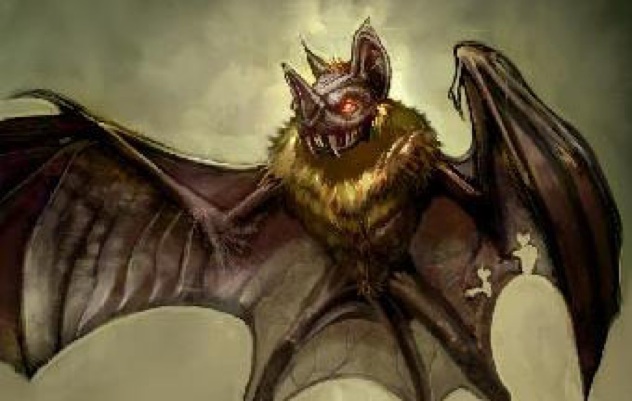
While we’re on the topic of giant bat-like cryptids, we have to mention the Ahool, which has been sighted several times in the Java rainforests of Indonesia. Like the Olitau, the Ahool is massive—reported to have a 10 foot (3 meter) wingspan with giant claws at the ends of its forearms. The Ahool was first documented in 1925 by a naturalist by the name of Dr. Ernest Bartels, who watched the giant bat emerge from behind a waterfall towards dusk. He named it based on its distinctive cry, a long “Ahoooool” as it flew overhead.
Two years later, Bartels heard the creature again. He pulled together a search party and rushed out into the jungle to find it. It’s been suggested that the Ahool is really a large owl, but everyone who saw it claimed that it was definitely a bat-like creature, not a bird. Other theories are that it is a flying primate, and even a living pterosaur that managed to remain secluded from the world deep in the nearly impenetrable Indonesian rainforest.
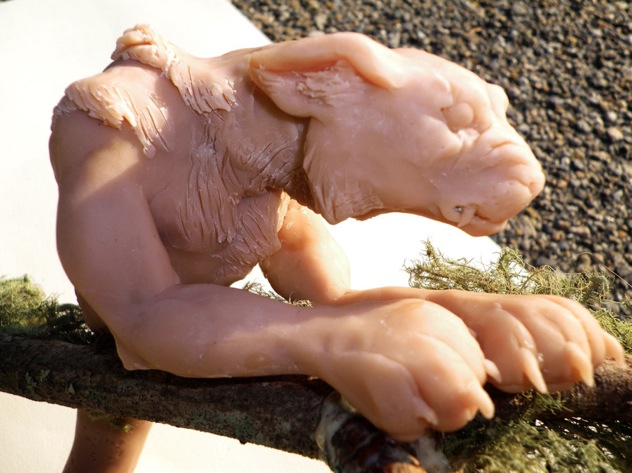
The Tatzelwurm is one of the most famous European cryptids—a lizard-like animal that looks something like a dragon, but with a row of spiked ridges running down its back and a cat-shaped head. The first sighting of the Tatzelwurm was in 1779, when a man claimed that the creature jumped out in front of him, scaring him so badly that he had a fatal heart attack (how he reported the story after dying is anybody’s guess).
More and more people began seeing the Tatzelwurm throughout the 19th and early 20th centuries, providing similar reports in most cases: the animal was about seven feet (2 meters) long, with razor teeth, a short neck, and a short, blunt tail. Some people even said the Tatzelwurm bit them. In Germany, the cryptid is named the stollenwurm, which means “worm that lives in holes” because it’s believed to hibernate in mountain caves during the winter.
The most recent sighting was in 2009, when a research assistant near the border of Switzerland and Italy claimed that she saw it running by on two legs, like a “prehistoric velociraptor.” Is it real? What do you think?
